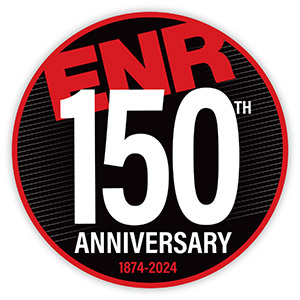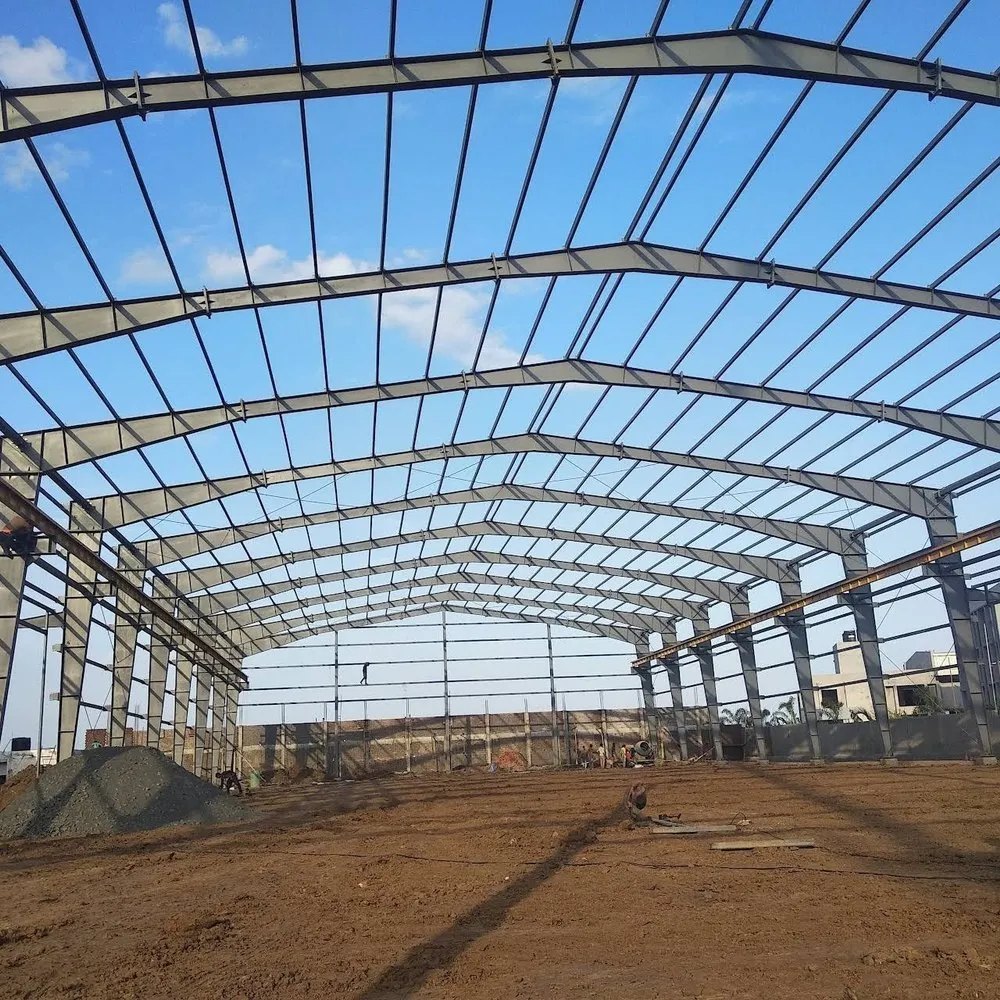
From the ENR Archives: August 24, 1944

This 1944 cover image shows a crew of U.S. Navy Seabees placing steel mats for an airstrip somewhere in the Pacific.
Known as Marston mat or pierced planking, and developed by the U.S. Army Corps of Engineers, this product proved invaluable to the war effort.
It consisted of steel sheets 1/4 in. thick, 16 in. wide, and 10 ft long, pierced with 3-in.-dia cupped holes and fringed with a series of slots and hooks so they could be interlocked to form a tight, smooth mat.
It proved to be of critical importance early in the war, before the Navy had time to study local building materials, notably coral, and develop ways of using them.
In the early stages of the war in the Pacific, airstrips had to be constructed at top speed under fire without time to study foundation conditions.
Crews of 100 to 150 men were able to lay 70 to 115 sq ft of mat per worker-hour in the Solomon Islands, building a 6,000-ft-long runway in about 4 1/2 days.
The mat was also used to build fences, barricades, well lining, bridge decks, floors in dugouts and air raid shelter linings.
Post a Comment
You must be logged in to post a comment.





